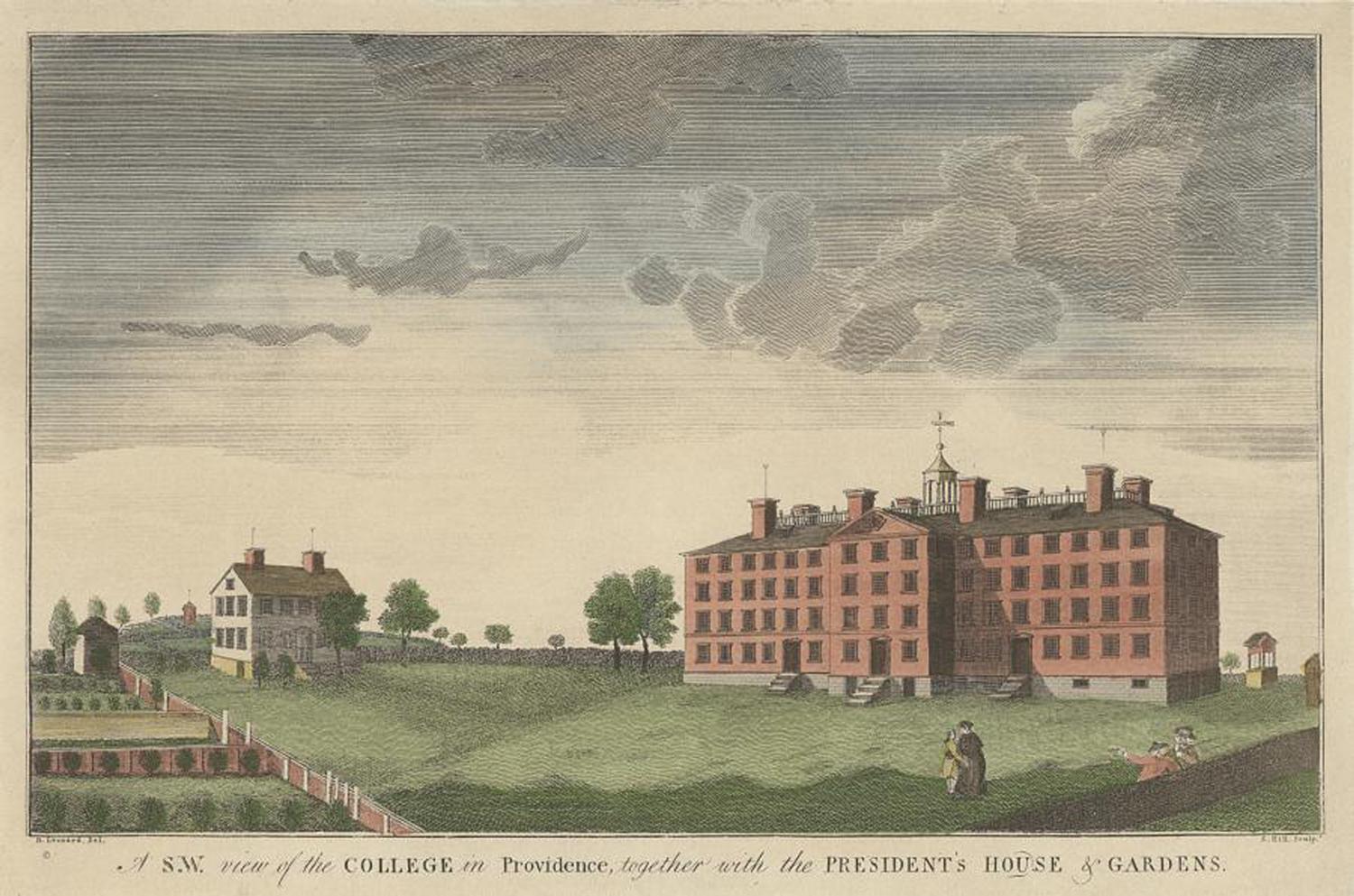The timeline chronicles milestones of more than 250 years, including Brown’s founding in 1764 on the idea of admitting students regardless of religious affiliation, the introduction of the first women to begin studies at Brown in 1891, the 1969 adoption of the “New Curriculum” that continues to define the undergraduate experience today as the Open Curriculum, the 2003 report confronting the University’s relationship to the transatlantic slave trade, and the robust expansion of education and research with the launch of schools of medicine, engineering, public health, professional studies, and policy, as well as a growing number of research centers and institutes.
The University has been shaped by generations of educators and learners with diverse perspectives, experiences, and backgrounds, changes to the physical campus, and by strategic planning processes that have built the Brown of today.
Across the centuries and decades, Brown continues a legacy of making a transformative impact, sustaining a commitment to education and discovery in service to the community, the nation and the world.
Start exploring Brown's history
